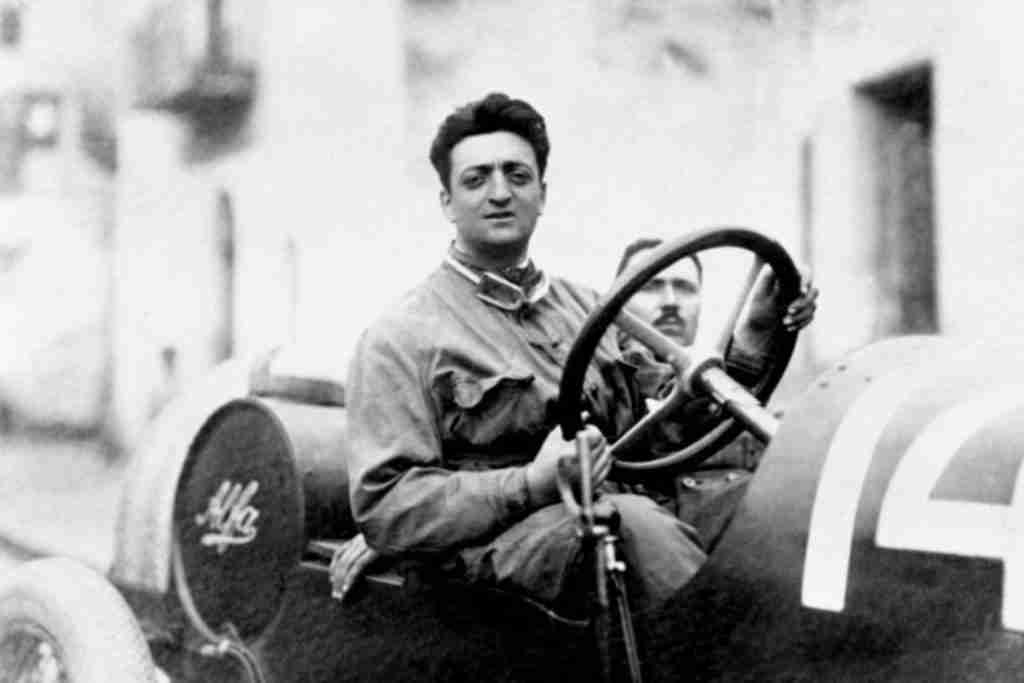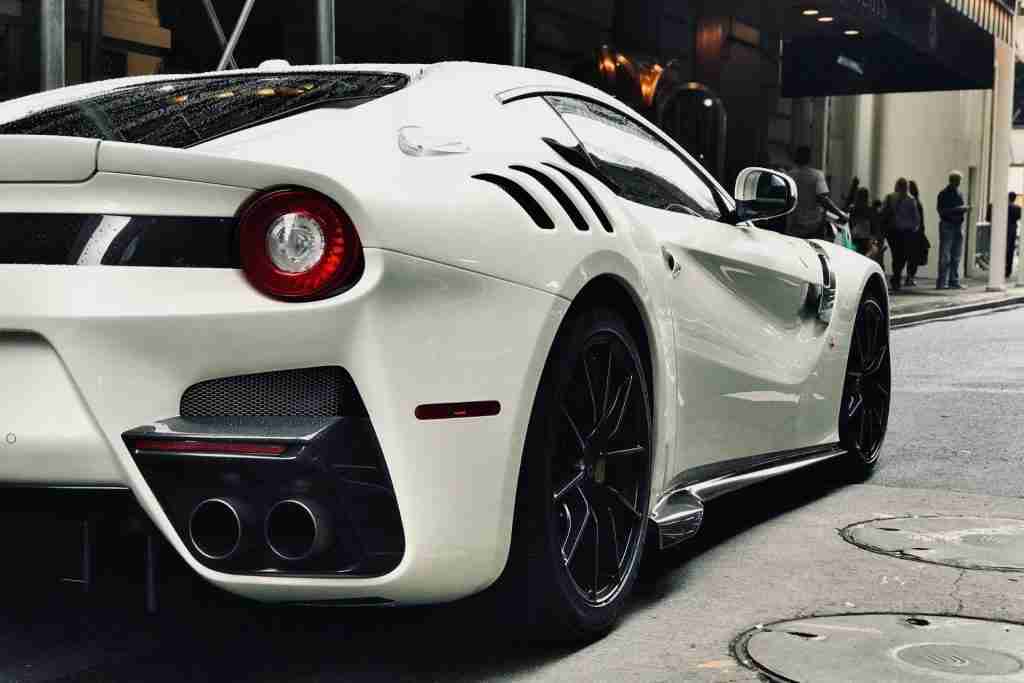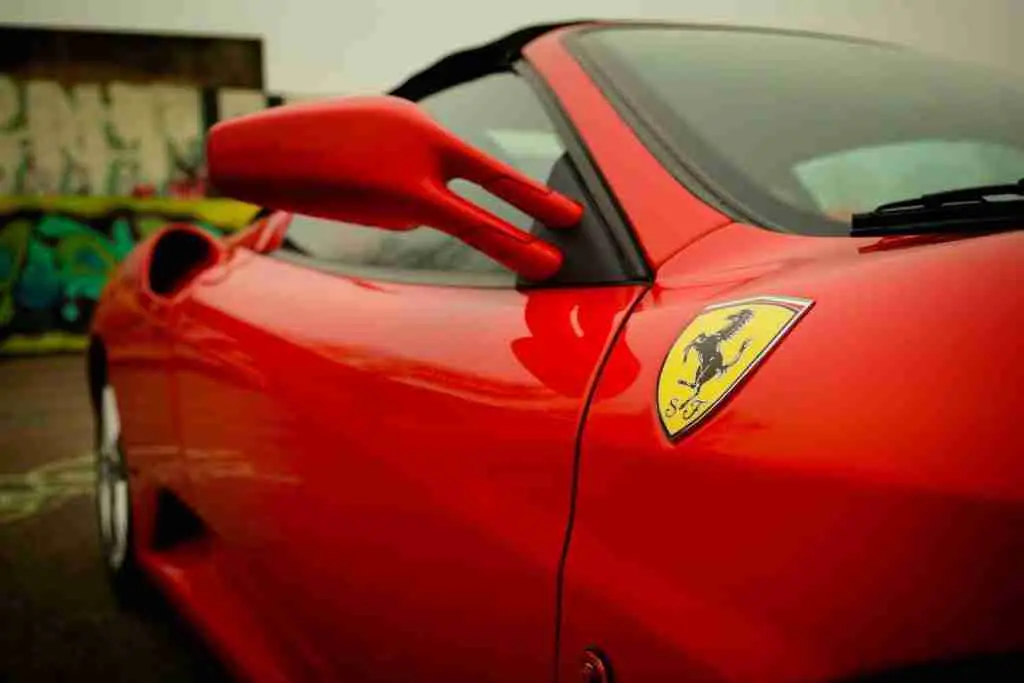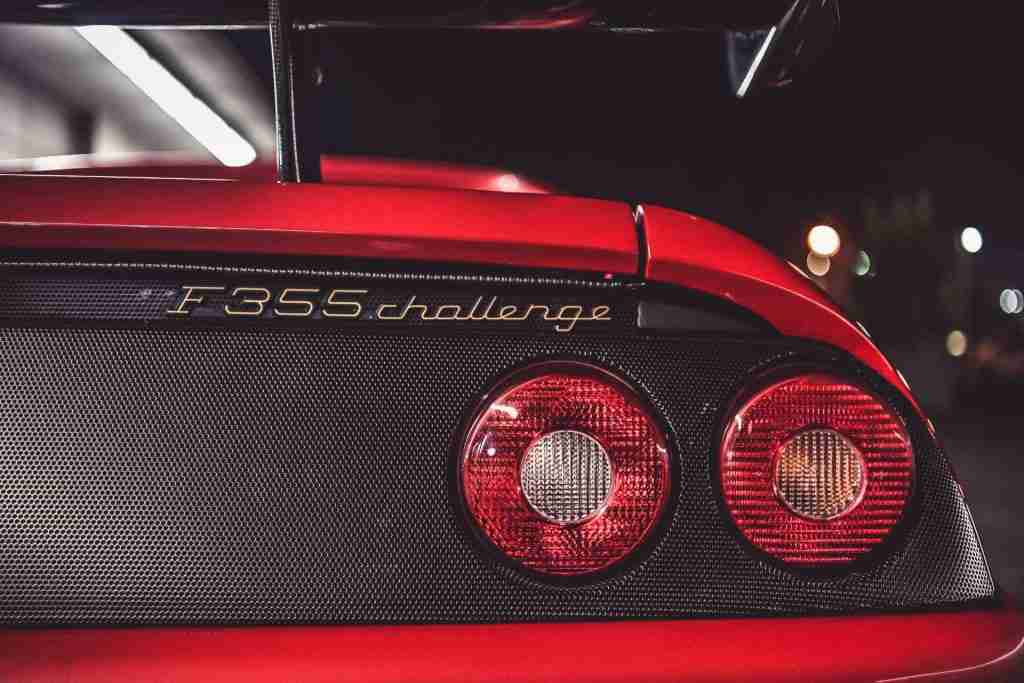The history of Cavallino is a captivating journey that spans several decades, from its humble beginnings to its current status as one of the most iconic and prestigious automobile manufacturers in the world. Founded by Enzo Ferrari in Italy, the company has become synonymous with luxury, performance, and excellence. Enzo F.’s passion for racing and automobiles led him to establish Scuderia Ferrari in 1929 as a racing team. Initially, the team competed in various motorsport events, including endurance races like the Mille Miglia and Targa Florio. However, it wasn’t until 1947 that Enzo F. decided to branch out into manufacturing road cars under the name “Ferrari.”
“If you can dream it, you can do it”.
Enzo Ferrari

Early Years: tracing the heritage of Ferrari
The early years of Ferrari were marked by limited production numbers and a focus on creating high-performance sports cars. The first road car produced by Ferrari was the 125 S, featuring a V12 engine and cutting-edge design for its time. As demand grew for these exceptional vehicles, Ferrari expanded its production capabilities and introduced new models such as the 166 Inter and 250 GT.
As we said, Enzo Ferrari established Scuderia Ferrari, the primary racing division of Ferrari, on November 16, 1929, in Modena, Italy.
Initially serving as Alfa Romeo’s technical and competitive arm until 1932, Scuderia Ferrari evolved into a semi-official racing department by 1933, taking on both design and management of race cars. This role continued until 1937, when the team disbanded due to Alfa Romeo establishing its own internal racing division under Ferrari’s leadership.
Auto Avio Costruzioni
In 1939, after leaving Alfa Romeo, Enzo F. founded Auto Avio Costruzioni in Modena, at the former site of Scuderia Ferrari. Due to contractual obligations with Alfa Romeo, the Ferrari name couldn’t be used on his cars until the end of 1944. The first vehicle from Auto Avio Costruzioni, the 815, was constructed in 1940. With World War II’s onset, the company shifted focus to producing military aircraft components. In 1943, the headquarters moved to Maranello, and after being bombed in 1944, it was rebuilt in 1945.

Birth of the Cavallino Brand
Post-World War II, in 1947, Enzo Ferrari started manufacturing cars under his brand, though the company retained its original name until 1957, when “Auto Costruzioni Ferrari” was founded. The first car under this new name was the 125 S, debuting in Piacenza in 1947. On June 30, 1960, the company became SEFAC (Società Esercizio Fabbriche Automobili e Corse), later simplified to Ferrari SEFAC in 1965.
Ferrari and FIAT’s Relationship
Ferrari’s partnership with FIAT began in 1955, with FIAT funding Scuderia development for five years. This collaboration helped Ferrari secure championships in 1956 and 1958, and victories in the Mille Miglia of 1956 and 1957. However, Ferrari faced challenges following the cancellation of road races after the 1955 Le Mans disaster and the 1957 Guidizzolo tragedy, which significantly reduced its client base.
Modern era
In 1963, negotiations between Ferrari and Ford collapsed due to disagreements over racing department autonomy. This led to a dispute and the eventual partnership between Ferrari and FIAT, culminating in the creation of the Dino brand and support for Ferrari’s road car production. In 1969, Ferrari joined the FIAT Group but maintained its independence. Following Enzo Ferrari’s death in 1988, FIAT acquired a 90% stake, and his son Piero Lardi Ferrari became vice president. The company was renamed Ferrari SpA. In the 1990s, under Luca Cordero di Montezemolo’s leadership, Ferrari expanded its reach. In 2006, 5% of Ferrari’s shares were sold to Mubadala, a UAE financial firm, but were later reacquired by the Fiat Group.
21st Century Developments
In 2013, merged into New Business Netherlands N.V., later becoming Ferrari N.V., and listed part of its shares on the New York Stock Exchange in 2015. In 2016, Ferrari N.V. separated from Fiat Chrysler Automobiles, joining the Exor group and listing on the Italian Stock Exchange.

Involvement in Formula 1
Ferrari’s involvement in Formula 1 racing began in 1950 when it entered its first Grand Prix event. Over the years, Ferrari has enjoyed tremendous success in this prestigious motorsport category, winning numerous championships with legendary drivers like Juan Manuel Fangio, Niki Lauda, Michael Schumacher, and Sebastian Vettel.
Scuderia F., the precursor to the F. brand, was established in 1929, a decade before the official inception of F. as a car manufacturer. This racing team initially collaborated with Alfa Romeo, where Enzo F. had previously worked. Alfa Romeo provided the race cars, which Scuderia Ferrari then modified to their specifications. The team achieved considerable success in the 1930s, winning 144 of 225 races with renowned drivers like Antonio Ascari, Giuseppe Campari, and Tazio Nuvolari.
Re-entered Grand Prix racing in 1947, coinciding with the evolution of the sport into what is now known as Formula One
The team’s first self-built Grand Prix car, the 125 F1, debuted at the 1948 Italian Grand Prix. Its promising performance led Enzo Ferrari to persist with the expensive racing venture. Ferrari’s maiden victory in a Formula One series came at the 1951 British Grand Prix. From 1952 to 1964, the team secured six World Drivers’ Championships and one Constructors’ Championship, featuring distinguished drivers like Alberto Ascari, Juan Manuel Fangio, Phil Hill, and John Surtees. However, Ferrari’s fortunes waned post-1964, with sporadic championship wins.
The late 1960s saw the team fall behind competitors using the cost-effective and efficient Cosworth DFV engine. A resurgence occurred in the mid-1970s, led by Niki Lauda, who helped Ferrari clinch drivers’ titles in 1975 and 1977. Success continued with drivers Jody Scheckter and Gilles Villeneuve, culminating in Constructors’ Championships in 1982 and 1983.
After a period of relative drought in the 1980s and 1990s, experienced a remarkable winning streak in the 2000s, largely due to Michael Schumacher.
Joining the team in 1996, Schumacher secured five consecutive drivers’ titles from 2000 to 2004, alongside six consecutive constructors’ titles starting in 1999. The 2004 season saw Ferrari’s dominance, losing only three races. Post-Schumacher, achieved one more drivers’ title with Kimi Räikkönen in 2007 and two constructors’ titles in 2007 and 2008. Recently, however, has faced challenges in surpassing rising competitors like Red Bull and Mercedes-Benz. In addition to Formula 1 success, also ventured into other areas of motorsport such as endurance racing with victories at events like Le Mans. These triumphs further solidified their reputation as a dominant force in the world of automotive competition.
Tracing the heritage of Ferrari: models
The inaugural model bearing the Ferrari name was the 125 S, a compact, two-seat sports/racing vehicle with a V12 engine, of which only two were produced. In 1949, ventured into the grand touring market with the introduction of the 166 Inter, the first being a four-seat (2+2) berlinetta coupe with bodywork by Carrozzeria Touring Superleggera. Road cars soon became a major part of Ferrari’s production.
Early models often featured custom bodywork from independent coachbuilders like Vignale, Touring, Ghia, Pininfarina, Scaglietti, and Bertone.
Initially, Ferrari’s road cars were predominantly two-seat, front-engined V12s, a format that proved successful through the 1950s and 1960s. The Dino, introduced in 1968, marked Ferrari’s first foray into two-seat, rear mid-engined designs, predominantly with a V6 engine, though a V8 version was also developed. This rear mid-engine layout has been a staple in many Ferrari models up to the present, with current road cars mainly featuring V8 or V12 engines. V8 models represent a significant portion of Ferrari’s total production, though the brand has also historically produced flat 12 engines.
Also ventured into 2+2 versions of its mid-engined V8 cars, like the GT4 and Mondial, which, despite their distinct appearance, were closely related to the 308 GTB. In 1973, F. entered the mid-engined 12-cylinder segment with the Berlinetta Boxer, followed by the iconic Testarossa. The brand has also been known for its front-engined 2+2 cars, like the V12 Lusso and V8 models Roma, Portofino, and Lusso T, with the California initiating a popular line of V8 front-engined 2+2 grand touring sports cars.
From the early 2010s, the brand shifted from using independent coachbuilders to relying on in-house design by the Centro Stile Ferrari for all its road cars.
In February 2019, at the 89th Geneva International Motor Show, Ferrari unveiled its latest mid-engine V8 supercar, the F8 Tributo. The F. SF90 Stradale represents a milestone as the first Ferrari with PHEV (Plug-in Hybrid Electric Vehicle) architecture, integrating an internal combustion engine with three electric motors, two at the front axle and one at the rear, between the engine and gearbox.

Ferrari 2023: the movie
In 2023, a movie inspired to Enzo Ferrari gained success. “Ferrari” is a 2023 American biographical sports drama film directed by Michael Mann and scripted by Troy Kennedy Martin. The film is an adaptation of the 1991 biography “Enzo F.: The Man, the Cars, the Races, the Machine,” authored by motorsport journalist Brock Yates.
It chronicles the life and challenges faced by Enzo F., set against the backdrop of 1957. Adam Driver takes on the lead role, with a notable ensemble cast including Penélope Cruz, Shailene Woodley, Sarah Gadon, Gabriel Leone, Jack O’Connell, and Patrick Dempsey. Selected for the prestigious Golden Lion award at the 80th Venice International Film Festival, made its debut on August 31, 2023.
The film was released in the United States on December 25, 2023, under the distribution of Neon. Garnering widespread acclaim, “Ferrari” has been recognized as one of the top 10 films of 2023 by the National Board of Review.
The bottom line
As time passed, Ferraris became coveted symbols of wealth and status. The brand continued to innovate with advancements in technology and design while staying true to their commitment to delivering exciting driving experiences. Today’s modern Ferraris are marvels of engineering excellence. With models like the LaFerrari, 488 GTB, and SF90 Stradale, the company showcases its dedication to pushing the boundaries of performance and design. Each F. is meticulously crafted with precision and attention to detail, blending elegance with raw power.
The history of F. is a testament to the indomitable spirit of Enzo Ferrari and his unwavering pursuit of automotive perfection. From its humble beginnings as a racing team to its current status as a global luxury brand, Ferrari has left an indelible mark on the automotive industry. In conclusion, the story of F. is one that intertwines passion, innovation, and a relentless pursuit of excellence. From Enzo Ferrari’s vision to today’s modern marvels, the brand continues to captivate enthusiasts around the world with its iconic designs and exciting performance. Keep following us to discover other Italian excellences, curiosities and the new LCN App.

